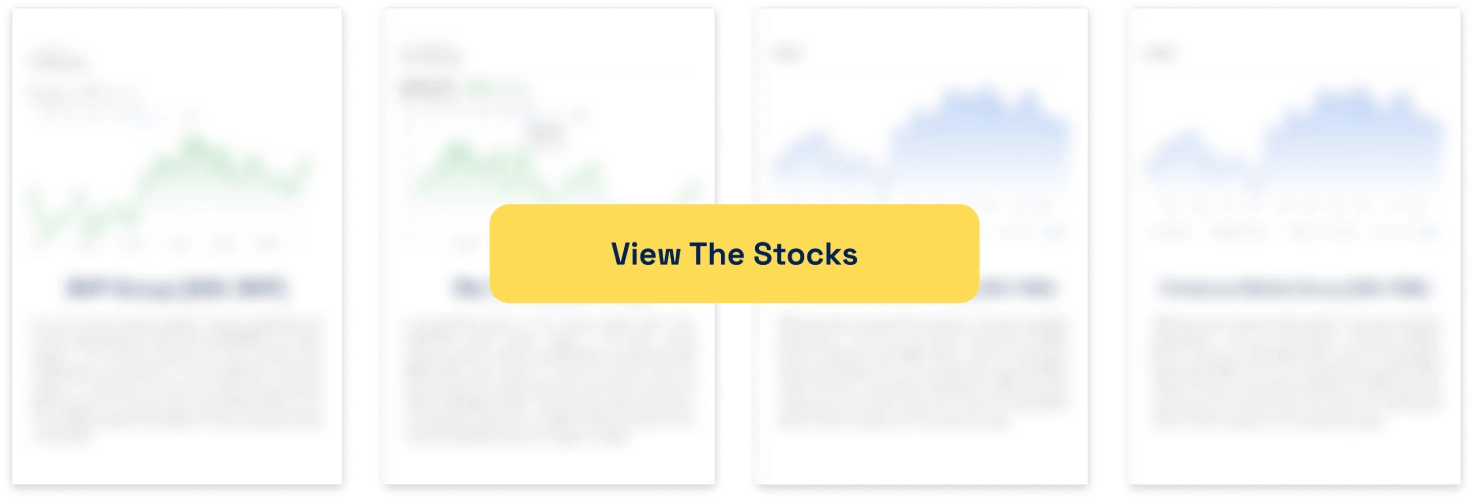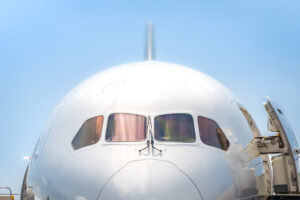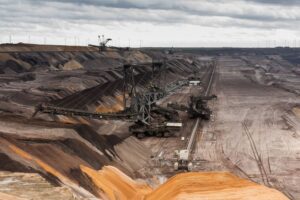Do KMD Brands (Kathmandu) investors finally have light at the end of the tunnel after a difficult 4 years?
![]() Nick Sundich, November 7, 2025
Nick Sundich, November 7, 2025
Investors in KMD Brands who bought right as the pandemic lockdowns ended would have seen their investment retreat over 80% in that time frame. However, a rally in shares since its most recent set of results has implied investors think the worst is over. From our angle, it is difficult to say, but it does appear there is a plan to turn things around.
What are the Best ASX Stocks to invest in right now?
Check our buy/sell tips
KMD Brands
KMD Brands was formerly known as Kathmandu, listing under that name in 2009. Many would know Kathmandu for its outdoor apparel and equipment. The company also had Rip Curl (a surfing brand) and Oboz (a North American-based outdoor footwear brand).
The new name was meant to reflect a ‘family of global outdoor brands’ focus, with the ambition of scaling beyond Australasia and shifting from a single-brand retailer to a brand-led global business.
KMD Brands has over 300 stores globally across all of its brands, across all 6 continents. It is one of only 90 B Corp listed companies worldwide.
With all the good parts of the company out of the way, now let’s get to some of the difficult realities.
Peaking during COVID, but downhill ever since
Let’s take a look at the last few years of results. In FY19, it made $545.6m sales and a $57.6m profit after tax with those figures up 10% and 14% respectively. It was only days after that result that Rip Curl was snapped up for $350m. In FY20, sales rose to NZ$801.5m due to Rip Curl, but its underlying profit fell to $31.5m due to COVID-19 impacts which led to a $200m capital raising in April 2020. Online sales rose 63% to $106.4m.
FY21 marked the peak of profitability with $66.3m underlying profit (up 110.2%) and over $900m revenue. Revenue continued to grow, but its underlying profit fell to $36.2m in FY22, then $43.3m in FY23. FY24 saw a massive $48.3m loss and even EBITDA fell by over 50% to $50m. Even revenues after peaking at $1.1bn in FY23 fell below a billion in the next 2 years.
Why KMD Brands has fallen
Since COVID, if you’re a ‘discretionary’ retailer, you are more discretionary than ever. Outdoor apparel is discretionary spending – no bones about it. With cost-of-living pressures, travel inflation, thinner consumer budgets, buying of outdoor gear was been hit. For instance, one item of apparel selling well were puffer jackets and these were in hot demand but fell.
To shift stock and maintain volume, there’s been heavy discounting, which may have prevented a drop in sales but it cuts margins. It is not only direct to consumer sales that fell but even wholesale (i.e. to other retailers like Myer for instance). Impairments have not helped matters either, with a $40m hit on Oboz FY24.
And if you thought Australia’s economy was not good post-COVID; you clearly haven’t heard of what’s been going on across the Ditch. Even if goods are essential, the case study of Baby Bunting (ASX:BBN) showed consumers will look for a bargain as much as they can.
Reasons for optimism?
KMD Brands shares have rallied somewhat since its FY25 results. They were not much to write home about with sales only up 1% to $989m, EBITDA a mere $17.7m (Down 65%) and a $28.3m loss. But, there is cause for optimism.
The company has cleaned out its executive team and is now led by Brent Scrimshaw. Scrimshaw addressed investors directly at its results having spent the first 4 months or so making observations about what was needed to turn the company around.
He saw that there were some reasons for optimism including positive brand identification but also some things to worry about, some out of control like tariffs and inflation, but others within the company’s control including product differentiation and cross-functional integration between brands.
KMD Brands will close some underperforming stores and undertake other growth and cost initiatives. For instance launching a new surfing watch as part of Rip Curl that integrates with its own dedicated app, and opening a dedicated women’s store at Bondi Beach. The 3 pronged plan is: Brand-led offence, enabled by intelligent decision making, governed by responsible financial guardrails.
By mid-2028, KMD hopes to achieve a ~60% gross margin and a >10% EBITDA margin, along with having net working capital as <16% of sales. Looking to the immediate term, it hasn’t been very specific except to say that:
- Gross margin in the first half of FY26 to be above the second half of FY25, but the second half of FY26 may see a tariff impact;
- The EBITDA margin will expand, particularly in the second half of FY26,
- Net debt to be below $40m compared to $52.8m at the close of FY25,
- $25-30m capex.
Analysts covering KMD have a mean target price of A$0.29 – reasonable growth compared to the A$0.24 currently, but well below all time highs. Analysts expect another loos in FY26, but for $1.03bn revenue, followed by a narrow profit (i.e. $0.01 EPS which is barely $7m) and $1.078m revenue. It is 4x EV/EBITDA for FY26 and 3.2x for FY27. Turning to KMD’s P/E, the company is 10.5x for FY27 (when it returns to profitability).
Conclusion
This is a classic ‘retail turnaround’ opportunity. Note that we just said opportunity – we did not say ‘buying opportunity’ because we are not confident it is. We do think there is a plan in place, which is something that you may not have been able to say 6-12 months ago. Yet, a lot needs to go right…a lot needs to go right.
Obviously, the company needs to return to profitability and this could take a while. Just look at how while the company gave an 10% EBITDA margin target, it avoided the bottom line. Analysts think it will take at least 2 years and margins will be thin.
Besides, whatever else it does, we have seen that Being in discretionary outdoor retail, the business is sensitive to weather, travel trends, inflation, tariffs and consumer spending given those reasins and others. One bad season (or even one Trump tweet) can hurt. We would als oobserve that the outdoor apparel/gear is fiercely competitive; this company needs to ensure product innovation, brand relevance, and cost control.
Until they deliver, investor confidence will remain low.
Blog Categories
Get Our Top 5 ASX Stocks for FY26
Recent Posts
Webjet Sinks 22 Percent After Softer H1 Results and Weak Domestic Demand
Webjet Falls 22 Percent After H1 Revenue Dips and Domestic Flight Demand Softens Webjet (ASX: WJL) opened down 22 percent…
Javelin Minerals Jumps 2,900 Percent on Capital Consolidation
A Sharper Share Register Sets Javelin Minerals Up for Its Next Corporate Stage Javelin Minerals (ASX: JAV) surged an extraordinary…
Why Are Droneshield Shares Dropping and Should You Be Worried
DroneShield Selloff Tests Nerves, But Fundamentals Tell a Different Story DroneShield (ASX: DRO) experienced a sharp selloff this morning that…



